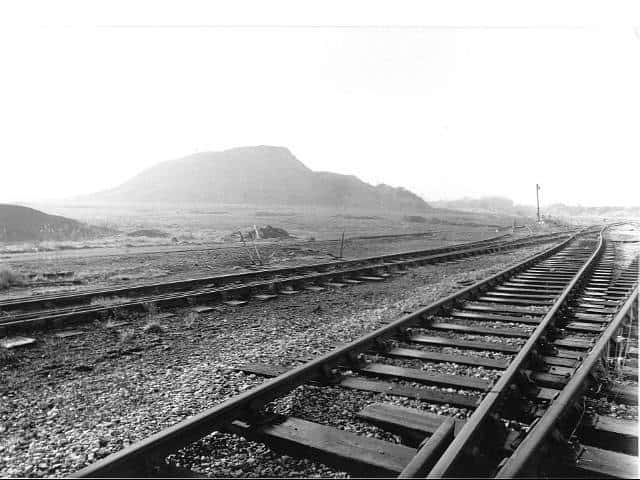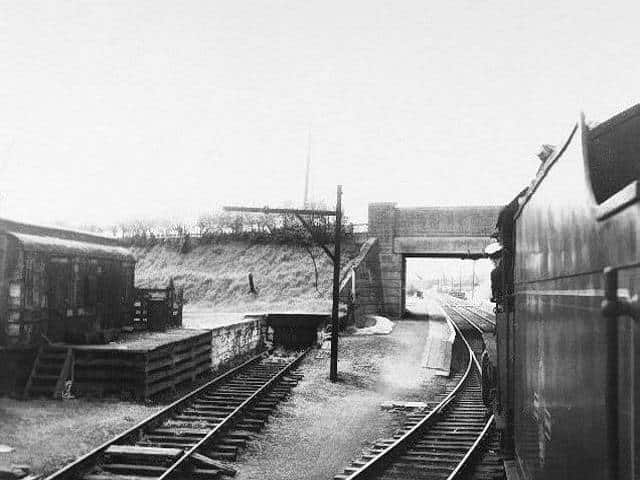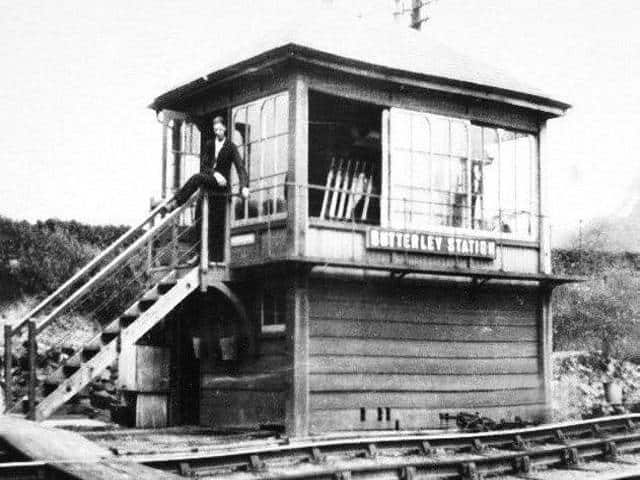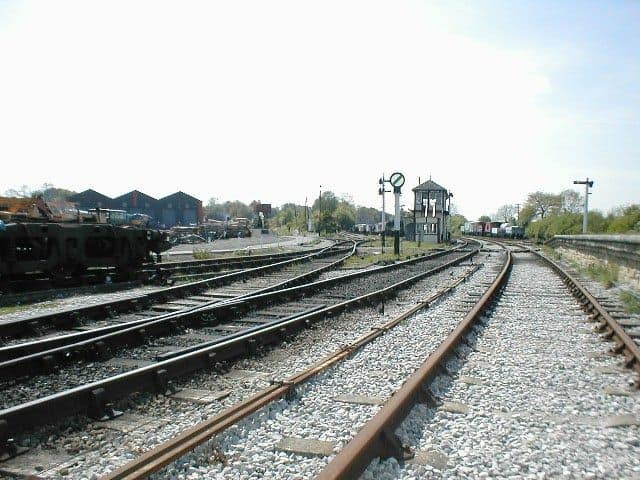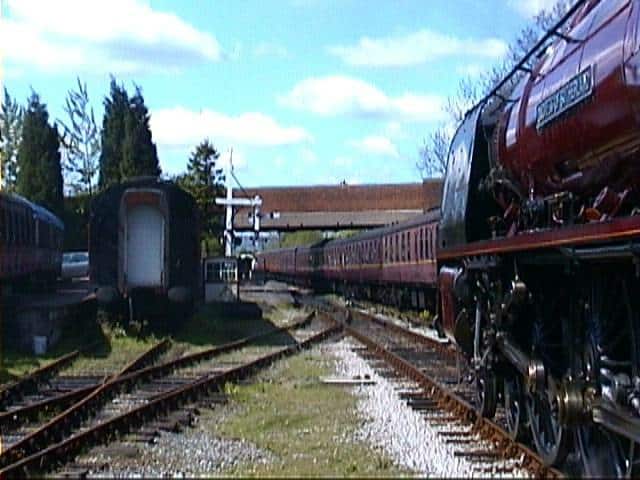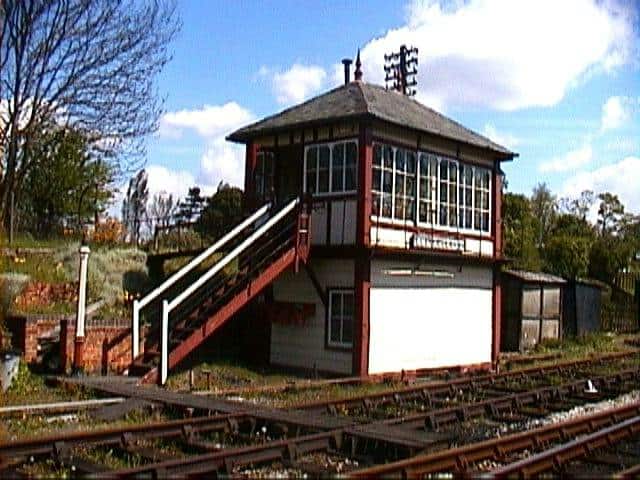The Start
A proposal to commemorate the role of the Midland Railway in the industrial history of Derby led to a decision in 1969 by Derby Corporation to create a working and static museum dedicated to the history and development of the Midland Railway, its predecessors and successors.
This project was supported from its earliest days by the Midland Railway Project Group which was a voluntary labour force set up to collect and restore exhibits and operating equipment. In particular the Group collected semaphore signalling equipment which was then being replaced by the modern multiple aspect lighting system.
In its quest to find suitable steam locomotives, the Corporation arranged to purchase 2 Jinties (3F 0-6-0T) numbered 47327 and 47357 from Woodham’s scrap yard in Barry. Another Jinty (47445) was purchased from the National Coal Board who had acquired it direct from British Rail.
After several false starts, a site for the museum was identified along part of the former Pye Bridge – Ambergate line which had closed in 1968. Only part of the line was available because the track west of the A38 had vanished with the realignment of the A610.
Therefore it was only the 3 1/2 miles from Hammersmith to Pye Bridge which was available. The line had been lifted, the station at Butterley had been removed and the only “structure” at what was to become Swanwick Junction was a 100′ slag heap! The project was supported by Derbyshire County Council who saw the reclamation and leisure possibilities in an area of industrial dereliction.
However, both the County Council and Derby Corporation had to withdraw from the scheme because of lack of funds.
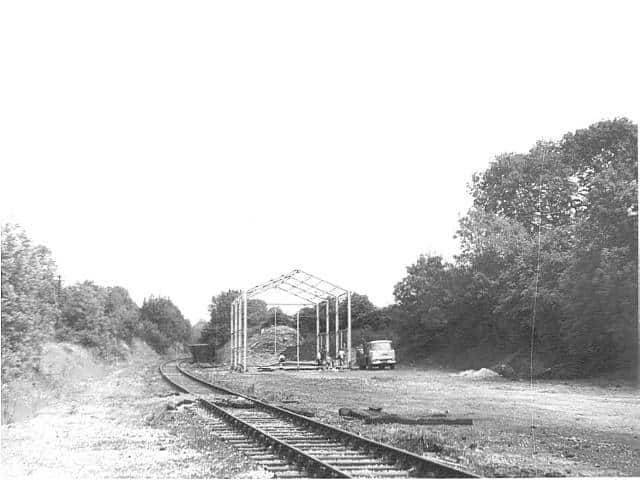
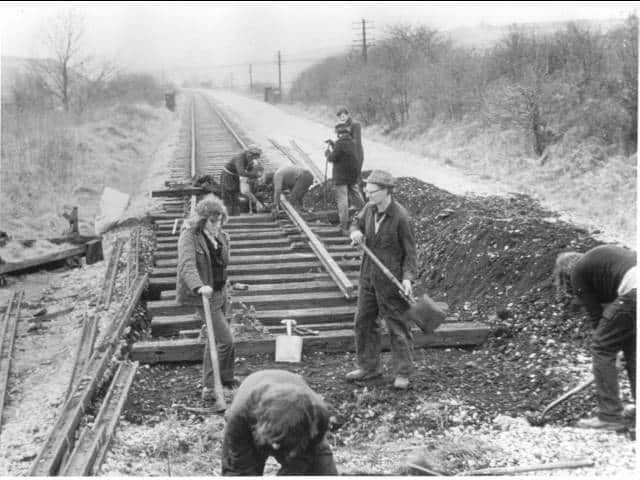
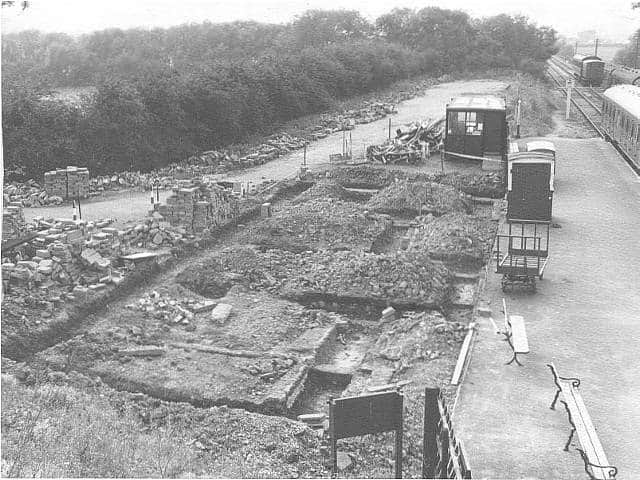
The Early Years
After this setback the volunteers decided to continue with the project and formed The Midland Railway Company Limited on 20th February 1973. The company changed its name to the Midland Railway Trust on 9th December 1976.
Work started on the site in 1973 and it was a daunting prospect that faced the volunteers, who could only see years of work before trains could actually carry passengers. It was decided to make Butterley (the site of the only station on the original line) the base of the project with the museum at Swanwick Junction.
By 1975 sufficient progress had been made to run a steam open day when locomotives were steamed and interesting items were placed on display to the public.
The original station at Butterley had been demolished so an identical one was moved from Whitwell in North Derbyshire and rebuilt on the site of the original station.
Efforts were then made to restore and preserve items of historic interest to the Midland Railway as well as providing the basic facilities for train operation. A Light Railway Order was applied for in January 1980 with permission to run passenger services being granted in July 1981.
The first passenger train to run along the 1 mile of track left Butterley at 11.30 a.m. on 22nd August 1981 – 8 1/2 years after the Trust started.

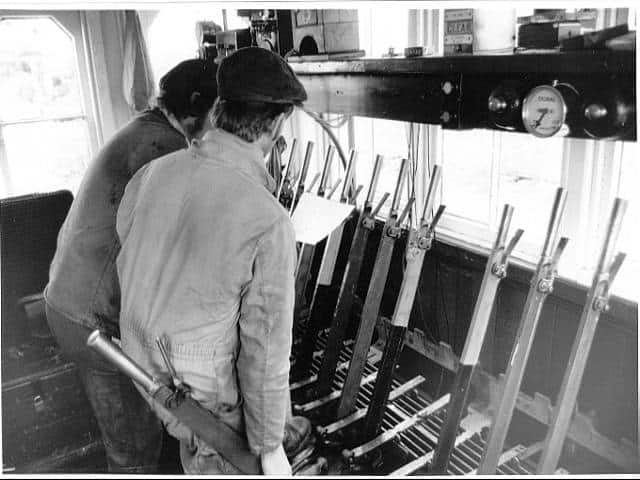

Present Day
Work continued on expanding the Midland Railway – Butterley with the line being extended firstly to Ironville and then almost to Pye Bridge in the east, and to Hammersmith in the west.
Stations were constructed at Swanwick Junction and Hammersmith. Signal boxes were obtained from Ais Gill (on the famous Settle and Carlisle line), Kettering and Kilby Bridge and put into operating condition at Butterley, Swanwick Junction and Hammersmith respectively. A locomotive shed was erected at Butterley (since changed to the Carriage and Wagon department) and the museum was erected at Swanwick Junction, together with a large track fan to provide rail access to the building.
Facilities for the overhaul, maintenance and servicing of steam locomotives were then developed at Swanwick Junction, together with the erection of a heavy repair shed and machine shop. Over many years a Stationary Power Museum, a Road Transport Museum and the Fork Truck Heritage Centre have been established by affiliated organisations and the first phase of a diesel depot has been built. Swanwick Junction now also has the Trust’s Demonstration Signal Box, the railwayman’s church from Westhouses and the gate house and coal merchant’s office from St. Mary’s Goods Yard at Derby. The years of hard work are clearly visible at the Midland Railway – Butterley.
The narrow gauge railway is now well established with its line extending to Golden Valley, following the route of the original tramway from the Butterley Company, together with stations and a running shed.
The Swanwick Junction Museum Complex is also the home of the Princess Royal Class Locomotive Trust who have their own facilities at the West Shed. The Historical Model Railway Society also have their headquarters at Swanwick Junction.
The Trust is open for passenger services most weekends of the year and every day during the Derbyshire school holidays. Special events are run throughout the year.
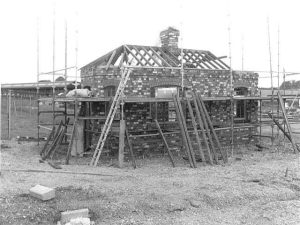
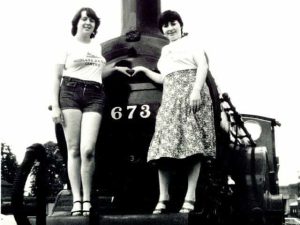
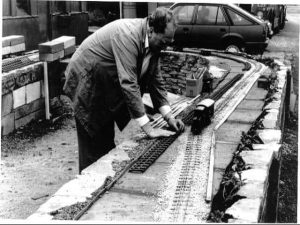
Then and Now
